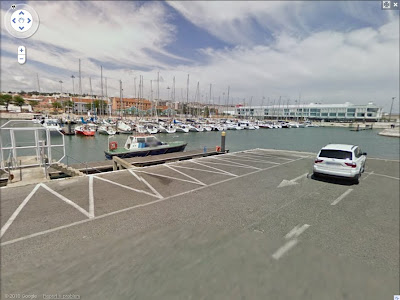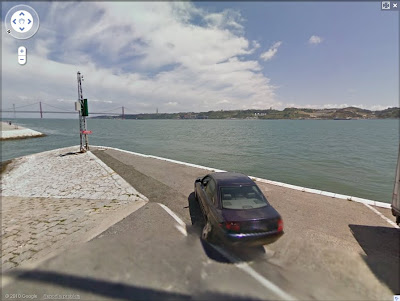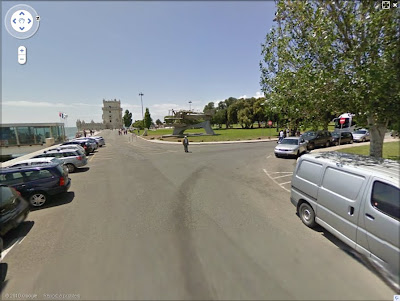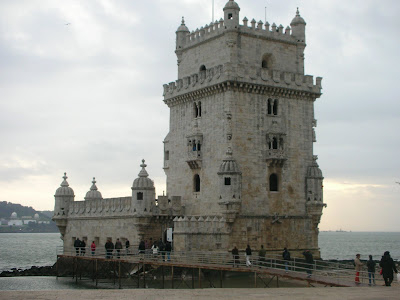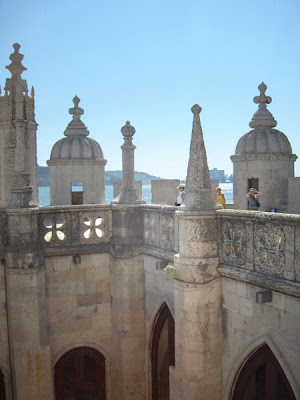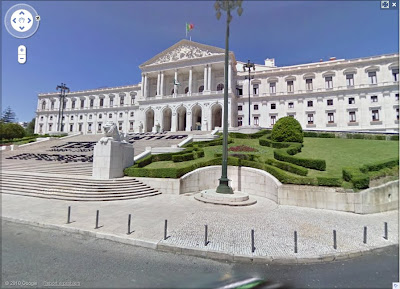
Assembleia da República, R. de São Bento
Lisbon (in portuguese Lisboa) is the capital and largest city of Portugal, with a population of 2.4 million. One of the oldest cities in the world, unlike most capital cities Lisbon's status as the capital of Portugal has never been granted or confirmed officially – by more by status.
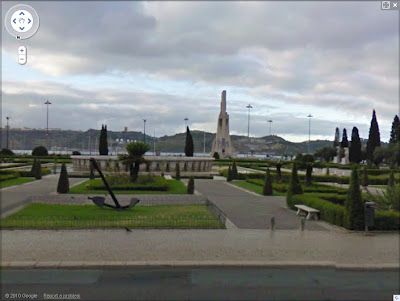
R. Bartolomeu Dias
The city is the 6th-most-visited city in Southern Europe (after Rome, Barcelona, Madrid, Athens and Milan) with about 2 million tourists a year. The Lisbon region is the wealthiest region in Portugal, and the city occupies 32nd place of highest gross earnings in the world.
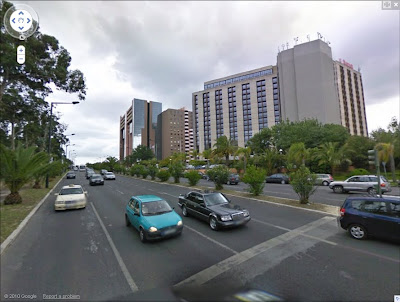
Av. dos Combatentes

88 Av do Brasil
Lisbon enjoys a subtropical-Mediterranean climate, and here are the warmest winters on the continent. The average temperatures is above 15 °C (59 °F) during the day in the winter, and 25 °C (77 °F) during the day in the summer.

194 R. da Junqueira

88 Av do Brasil
Doca de Bom Sucesso is the first of Lisbon's six marinas as you travel up the Rio Tejo
.
.
In the forground: Torre de Belem
Torre de Belém (in English Belém Tower) is a fortified tower located in the Belém district of Lisbon, Portugal.
.
The Torre de Belem
.
The tower was commissioned by King John II to be both part of a defense system at the mouth of the Tagus River and a ceremonial gateway to Lisbon. The tower was built in the early 16th century from lioz limestone and is composed of a bastion and the four storey (100 foot tall) tower.
.
.
The Portuguese Ministry of Culture and Institute of Architectural Heritage, state that originally the tower stood on a little island near the bank of the Tagus, opposite Restelo beach. As the shoreline progressively moved southward over the years, the tower is now nearly on the riverbank itself.
The tower was used as a fortress until 1580, when Lisbon was invaded by Spanish troops in the course of a struggle for the Portuguese throne. During subsequent centuries, the tower was mainly used as a political prison. King Miguel I (1828–34) most infamously used the damp dungeon to retain his liberal opponents.
In 1845, Queen Maria II restored the Belém Tower at the urging of romantic writer Almeida Garrett and the persuasion of the war minister, the Duke of Tercira. During the renovation, many neo-Manueline decorative elements were added to the building, including the battlements, the rampart walk and the niche of the Virgin.
The 16th century tower is considered one of the main works of the Portuguese late gothic, Manueline style. This is especially apparent in its elaborate rib vaulting, crosses of the Order of Christ, armillary spheres and twisted rope. The armillary sphere was King Manuel I's personal banner to represent the Portuguese discoveries during his rule. The decorative carved, twisted rope and elegant knots also point to Portugal's nautical history.
.
